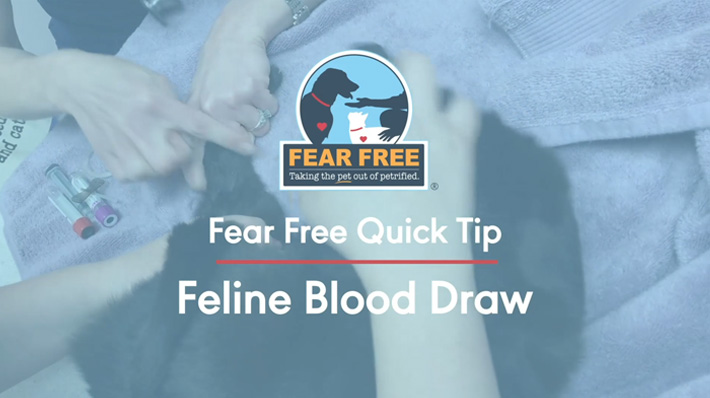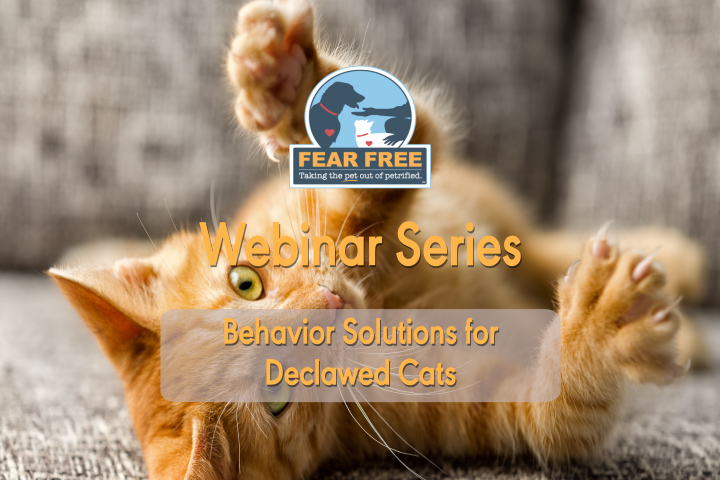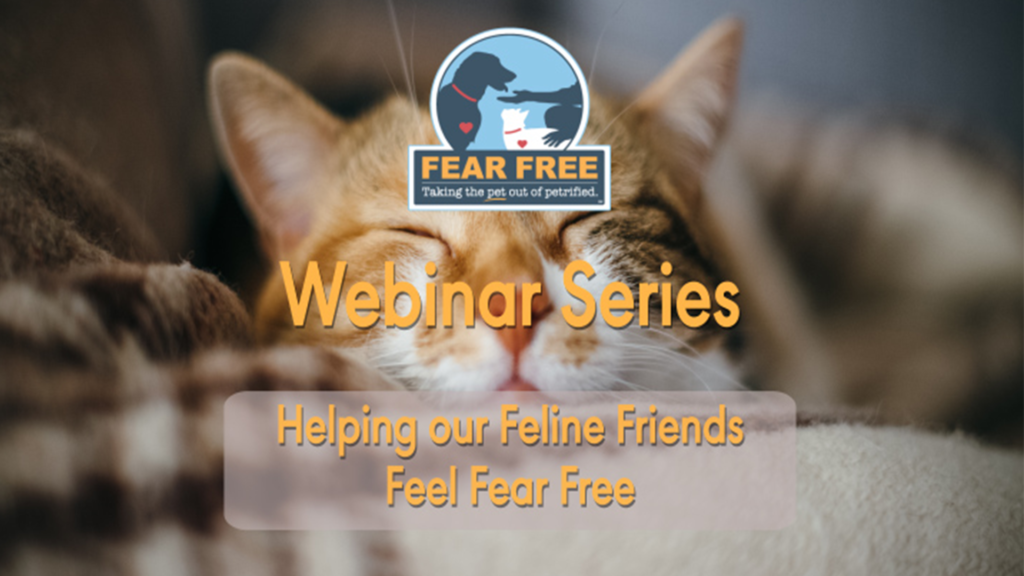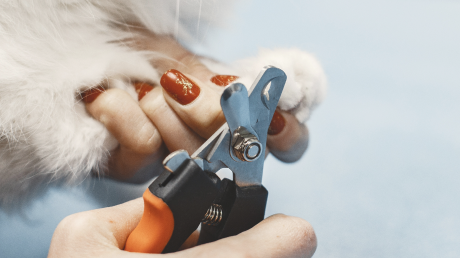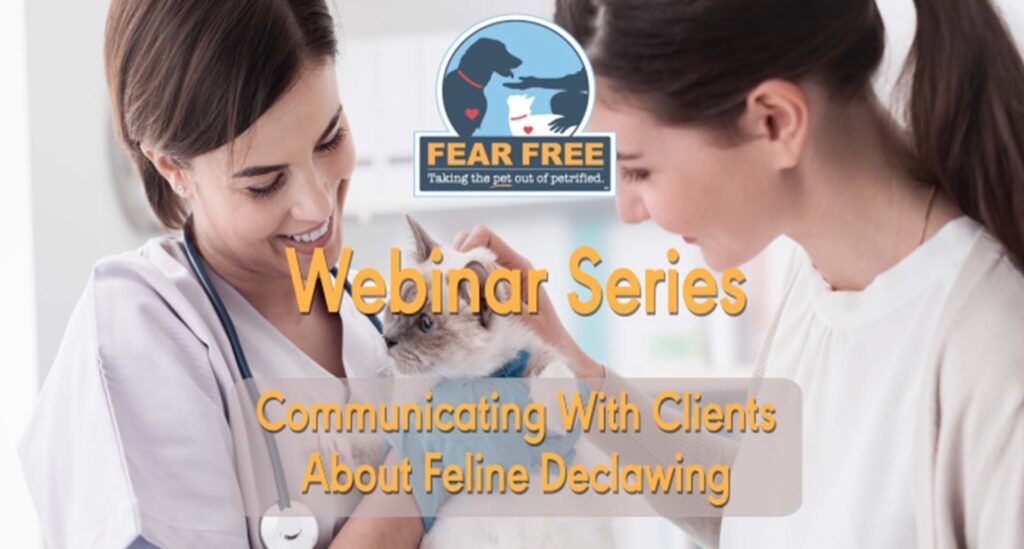Course Overview
The chin rest is a valuable cooperative care behavior that allows for a hands-off, consensual way to keep an animal still for veterinary exams, husbandry care, grooming, and other procedures. A chin rest serves as an indication from the animal that he is ready to engage in a handling or care procedure. By giving him a choice to “opt out,” even for a few seconds, chin rest empowers the animal to have a voice and greatly reduces his FAS.
In this course, you will learn the steps for training a solid chin rest behavior to an advanced level and discover its many practical, on-the-job applications.
This course includes three lessons:
- Lesson 1: Strategies and Equipment
- Lesson 2: Training and Problem Solving
- Lesson 3: Taking it to the Next Level
This course was written by Mikkel Becker, CTC, KPA CTP, CBCC-KA, CPDT-KA, CDBC.
